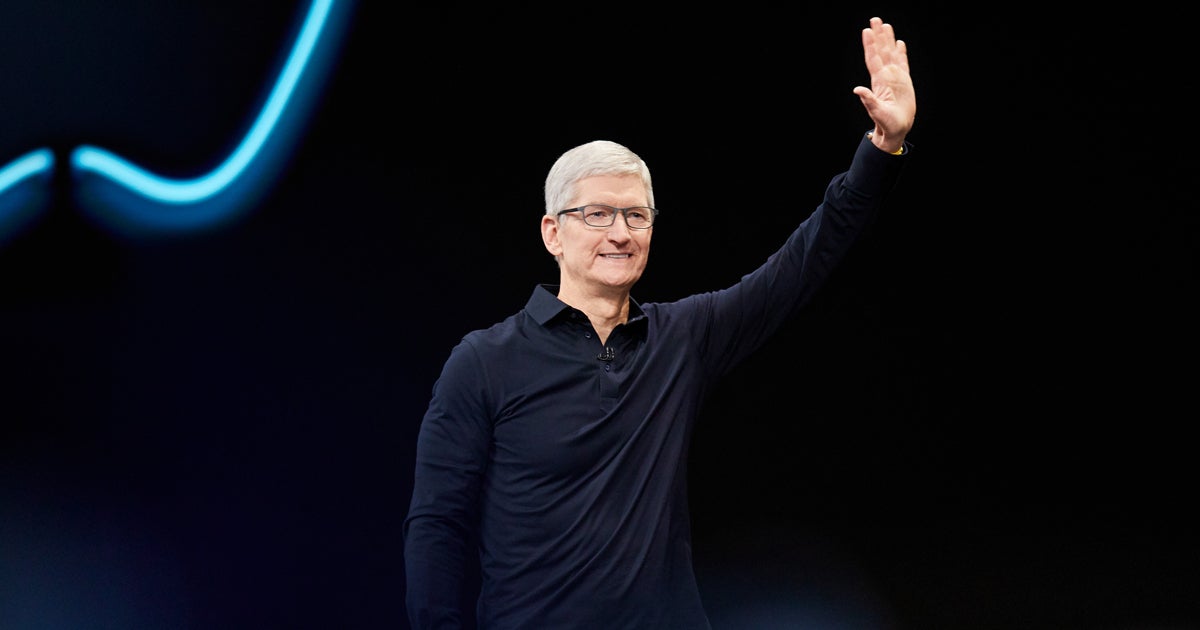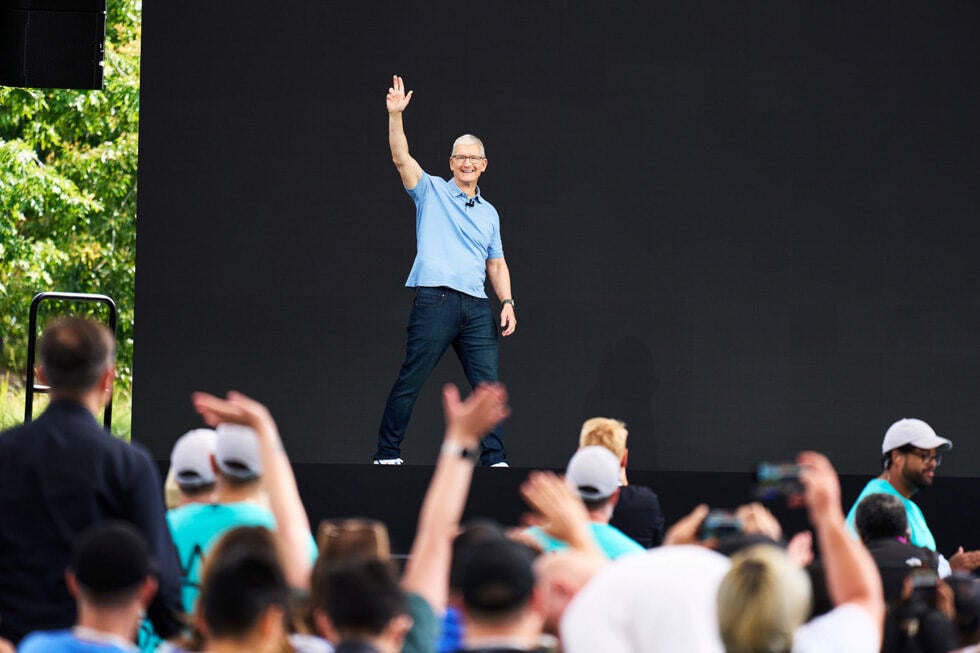Tim Cook: Apple CEO and the man who made Apple a trillion-dollar company

Timothy Donald Cook, also known as Tim Cook (born November 1, 1960) is currently Apple's CEO since 2011. He was appointed by Steve Jobs as Apple's CEO in 2011 and has previously served as the company's Chief Operating Officer (COO).
Tim Cook: Apple's current CEO, the man behind Apple's growth as a trillion-dollar company
Tim Cook was born in Mobile, Alabama, United States. After graduating with a Bachelor of Science degree with a major in industrial engineering, and a Master of Business Administration, he worked for IBM for 12 years. There, he was responsible for the process of sales all the way up to the delivery to the customer.
In 1998, he caught Apple's co-founder Steve Jobs' attention and was hired to work for Apple. His first role in the Cupertino company was as a senior vice president for worldwide operations. He changed the way Apple production worked. Before him, the company had warehouses with chips and other components, but Tim Cook closed them and moved into making contracts with chip manufacturers.
Tim Cook kept the costs for production low while generating huge profits with the rest of the company. He was promoted to lead operations in 2007 and even worked as chief executive in 2009 during Jobs' leave of absence for his health. In January 2011, Jobs again had to step down for a third medical leave, and again during that time, Cook was responsible for Apple's day-to-day operations, with Jobs only calling the biggest shots.
Cook was appointed Apple's CEO officially on August 24, 2011, while Jobs remained chairman of the board until his passing in October 2011. Ever since then, Tim Cook has been leading Apple, and we might say, quite successfully so given the fact the company's growth and the wide adoption of the iPhone and other Apple products in the US and in the rest of the world.

Cook has made several notable changes in the company structure since he was appointed CEO. For example, in 2012, he made changes to Apple's executive team: design SVP Jony Ive took the role of leadership of Apple's human interface team; Craig Federighi was appointed head of iOS software engineering, services chief Eddy Cue became responsible for Maps and Siri, and Bob Mansfield who was previously SVP of hardware engineering, became the head of a new technology group.
Tim Cook's management style is quite different from Jobs'. He stated in 2013 that his leadership focused on people, strategy, and execution. During his leadership, Apple also started participating in more donations and charities. His leadership style differs from Jobs also because it's a more hands-off style, and encourages a collaborative culture.
Tim Cook's leadership has not only been praised though, and some analysts have compared him to the former Microsoft CEO Steve Ballmer, claiming that innovation wasn't as big in Apple now compared to when Jobs was pulling the strings.
However, Apple's growth is far from stunted, and Apple's shares have been steadily going up in value. In June, just before Apple unveiled its Vision Pro mixed reality headset, shares hit an all-time high for the company, but then stabilized a little bit lower when the headset was announced.

We are also now expecting the iPhone 15 (to be announced in September) with some notable changes, like for example (finally) a USB-C charging port.
During Tim Cook's leadership, Apple released many products, including a brand-new product for the company at the time - the first Apple Watch, released in 2015, and the first AirPods, released in 2016. Meanwhile, Apple has been updating its iPhone portfolio each year with a new generation of a flagship iPhone, with the latest one being the iPhone 14. The iPhone 12 represented a major design change, drawing inspiration from the iPhone 4. iPads, Macs, and MacBooks are also regularly upgraded and each time a bit better than the last.













